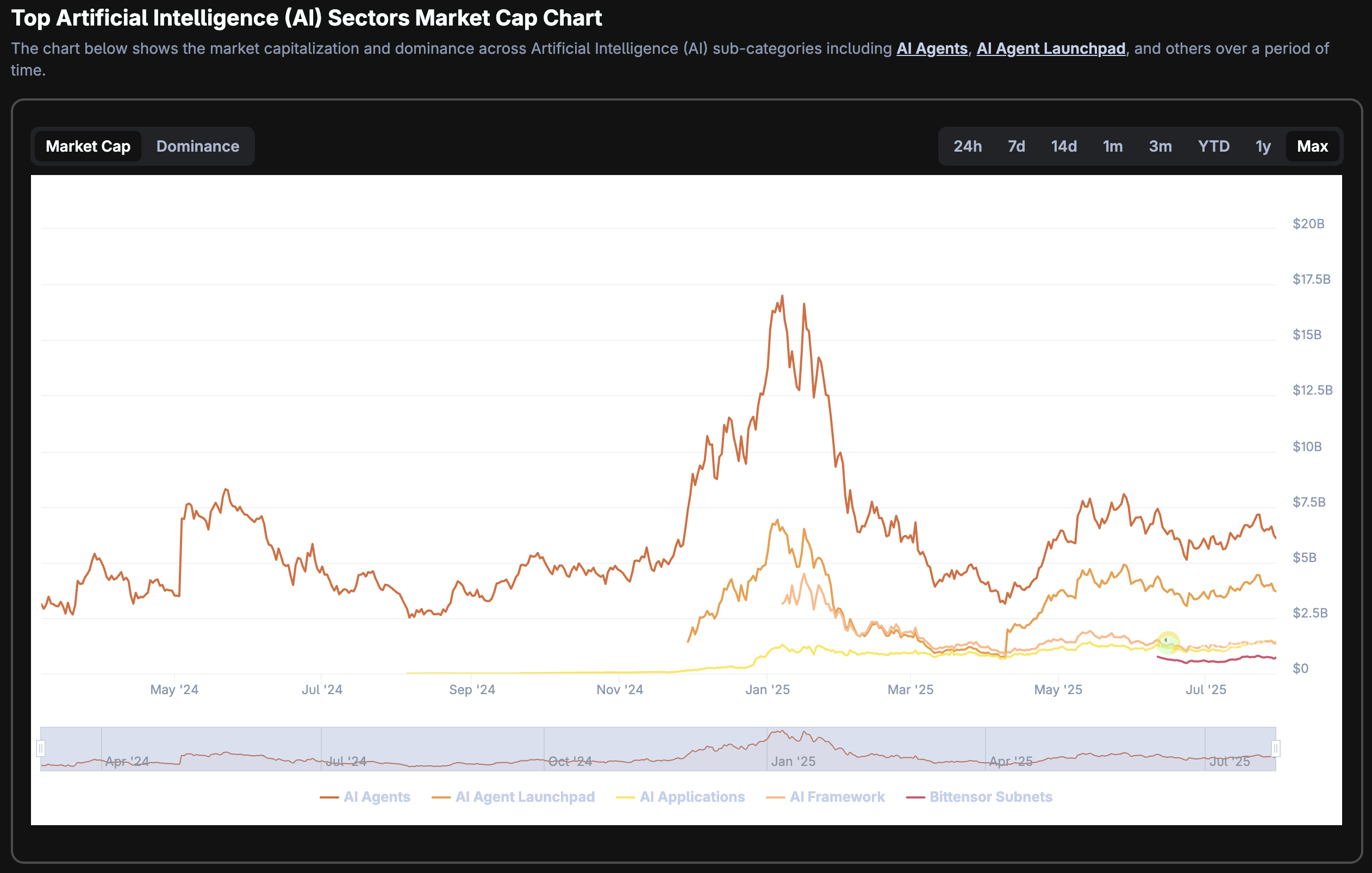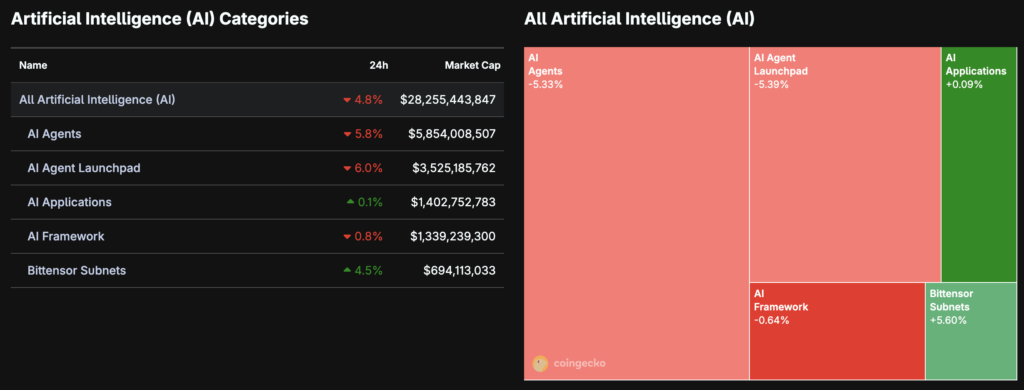
AI engines have long been plagued by hallucinations, making them come up with answers out of thin air. In fact, studies show that newer engines have error rates hinging on 80%. Can the problem be solved by merging into crypto?
Summary
- Artificial intelligence models suffer from hallucination tendencies, with OpenAI’s o4-mini model boasting a 79% error rate.
- A blockchain startup attempts to “solve the hallucination” problem by merging together tools from both AI and crypto sectors.
According to a study done by AI Foundations on June 29, researchers found that 16 engines have hallucination rates exceeding 15%, with the highest being Gemini 2.0 Flash and GPT 4.1. Another test report issued by OpenAI showed that its o4-mini model has an error rate as high as 79%, substantial given the amount of queries these models answer.
In an effort to tackle this problem, layer-1 blockchain startup Nuklai has launched a new AI engine called Nexus that it claims can “bring different types of information together in a unified format.” The project is backed by AI and crypto industry names like IO.net, Filecoin, and Fetch, deploying resources both on and off-chain in an attempt to mitigate bias, errors and other inconsistencies among AI models.
According to data from CoinGecko, AI Agents make up a large chunk of the $28.25 billion market cap. Although a nearly $30 billion market cap seems modest in comparison to the the wider $3.7 trillion cryptocurrency market cap, the sector has shown large potential for growth.
The AI crypto sector has increased by seven-fold in market cap compared to mid-2024 around the same period of time, rising from just $4.04 billion to more than $28 billion in just the span of a year.
For AI Agents in particular, the market cap reached a peak of nearly $17.5 billion in January 2025. However, it has since entered a slump, barely making it past $6 billion as of July 2025.

This means that AI Agents are in need of a boost in the crypto sector. Back in December 2024 to January 2025, AI crypto saw an influx in collaborative projects, with crypto heavyweights like Ripple joining forces with AI platforms like Atua to make AI solutions for the XRP ecosystem.
How does Nexus differ?
Now, the Nexus project attempts to bring the trend back, bridging AI and crypto to create a new model that could push the two sectors even further into consolidation.
Through Nexus, Nuklai aims to build a network of more than 80 partners in the AI and crypto sector, including IO.net, Fetch, and Filecoin. This network of partners is meant to grant Nexus access to powerful models without needing to manage infrastructure or pay for expensive enterprise Application Programming Interface.
Chief Business Development Officer of IO.net, Tausif Ahmed stated that the project’s collaboration with Nexus aims to utilize the decentralized inference to improve upon AI’s real-world application.
By integrating io.net’s hosted large language models directly into the Nexus setup flow, developers gain instant access to powerful models without needing to manage infrastructure or pay for expensive enterprise APIs,” says Ahmed.

By deploying a Model Context Protocol, an engine that compiles sources of data including databases, files, APIs, and cloud services into its server, the developers claim that it will be able to provide users with answers that come with an explanation that informs them how each result was generated.
Founder of Nuklai, Matthijs de Vries, said that most of the tools that use AI as their model often sound intelligent on the surface level but end up falling apart when it is most needed.
“With Nexus, we’re changing that. It connects straight to the data, shows you where answers come from, and finally fixes the hallucination issue everyone’s been dealing with,” said de Vries in a press release shared with crypto.news.
Can AI’s hallucination problem really be solved?
Nuklai claims that the problem with today’s AI models lie in their inability to show sources and their tendency to fabricate answers. It describes itself as a system that is “AI-agnostic,” meaning it supports all major LLMs without locking into a specific vendor.
The technical foundation of the project relies on NXSQL, a computing language that works with a virtual system where every information is systemized into its own information pool. This allows users to gain answers from across different sources in a manner it claims to be organized systematically.
However, studies show that the main problem is not only limited to disorganization or limited access to training data.
In a study by AI Foundation, other causes of AI presenting wrong information has more to do with misinterpreting the user’s prompts and a tendency to focus more on generating fluent, clear, and concise writing rather than presenting accurate facts.
Another key factor that was highlighted by the study involve the training deadline that most LLMs have that make them slow to update on current events or emerging trends.
Although there is still work to be done in terms of AI improvement, Nexus’s modular design, open integrations, and integration between blockchain and AI reflects a budding sector with the potential to grow. The emergence of more collaborations and shared resources may pave the way for more integration between cloud computing, blockchain and AI models in the future.

Source link

